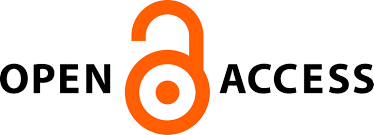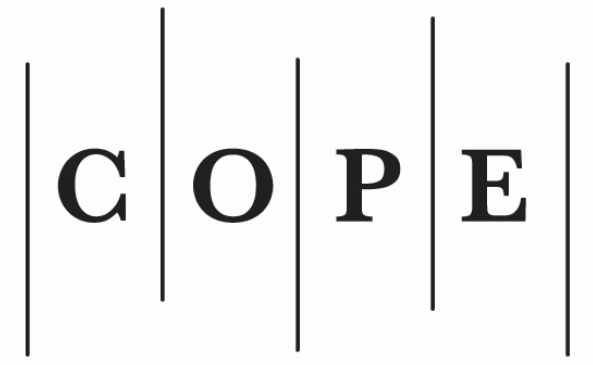About the First Constitutions and their Significance (text only in Lithuanian)
##plugins.themes.bootstrap3.article.main##
Abstract
In this article the author analyzes the first written constitutions adopted at the end of the eighteenth century (the Constitution of the United States of 1787, the Constitution of Polish – Lithuanian State and the Constitution of France of 1791). These constitutional acts mark the beginning of the era of constitutionalism. These are the constitutions of the first phase (‘wave’) of constitutional development, which laid the foundations for the further establishment of constitutionalism in the world. The history of the first modern constitutions confirms that the nations adopt constitutions in order to protect individuals from possible abuses of state power. The essence of constitutional regulation is the restriction of this power. The three countries differ in many ways, but all had certain tradition of the restriction of powers. The first modern constitutions established the separation of powers and protected classical individual rights. They have become an example for the authors of later constitutions. These constitutions propose legal standards for constitutional development. Each of these constitutions is an original system of principles and norms
##plugins.themes.bootstrap3.article.details##
Section
Articles
This is an open-access journal, which means that all content is freely available without charge to the user or their institution. Users are allowed to read, download, copy, distribute, print, search, or link to the full texts of the articles in this journal without asking prior permission from the publisher or the author. This follows the BOAI definition of open access. Authors contributing to Jurisprudence agree to publish their articles under a Creative Commons Attribution 4.0 International Public (CC BY) License (applicable from 2025).
![]() Authors retain copyright of their work, with first publication rights granted to the Association for Learning Technology.
Authors retain copyright of their work, with first publication rights granted to the Association for Learning Technology.
Please see Copyright and Licence Agreement for further details.






